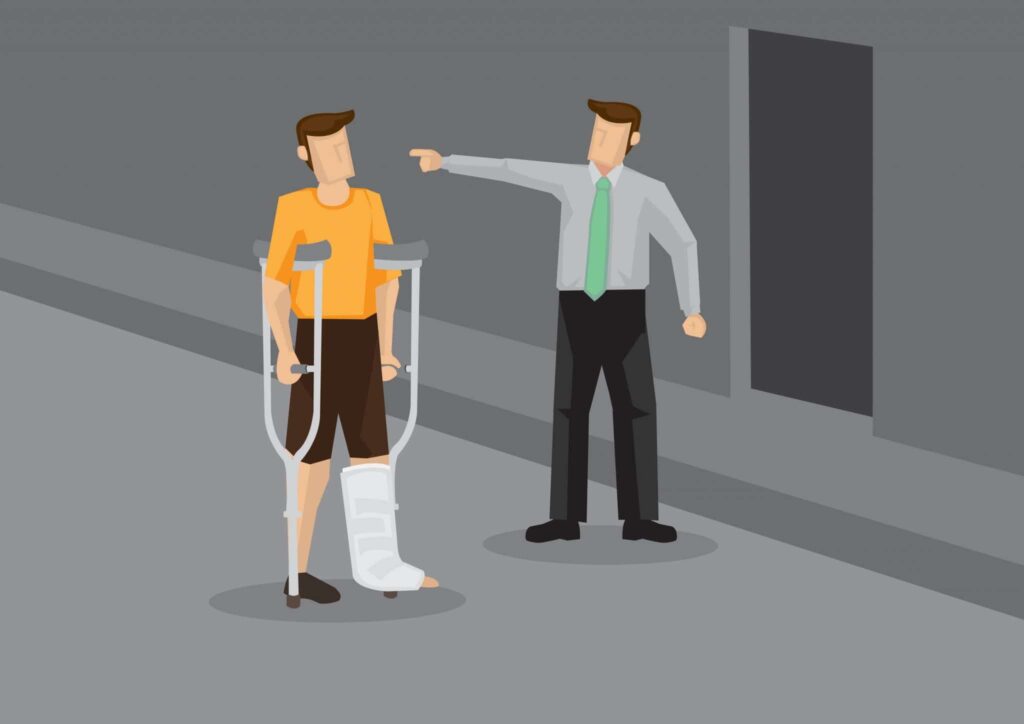Discrimination against an individual in the workplace on the basis of their impairment is unlawful. Issues with discrimination are typically related to organizational procedures, policies, or practices that are defective or inconsistent and fail to provide sufficient adjustments for people’s physical or mental disabilities required by law.
Employers may prevent discrimination and ensure that employees with disabilities get equal benefits due to their condition by employing a proactive approach to understanding and identifying all kinds of disability discrimination. If you are discriminated against on the basis of your disability at work, you should contact an attorney from Carey & Associates, P.C.
Some examples of disability discrimination
According to the Equality Act of 2010, one of the protected characteristics is disability. A person is regarded as handicapped by the Act if:
- They have been harmed mentally or physically, and this has a negative, lasting effect on their ability to carry out daily responsibilities. On the other hand, they suffer from an illness that fundamentally meets the criteria for a handicap, such as HIV, multiple sclerosis, cancer, severe deformity, or vision impairment.
- Obesity, hay fever, tattoos, piercings, addictions, and piercings are not seen as limits or disabilities in and of themselves. They could be linked to a qualifying disability, though. For example, osteoarthritis, in addition to fat, may qualify an obese individual for disability benefits.
Types of disability discrimination
The Advisory, Conciliation, and Arbitration Service recognizes four fundamental types of discrimination (ACAS). General discrimination types that encompass all protected qualities, including disabilities:
- Discrimination in the open
- Discrimination via indirect means
- Mistreatment
- Victimisation
Moreover, disabilities are subject to two different types of discrimination that are applied to other protected traits like age, sex, or race. The subsequent discriminatory practices only impact people with disabilities:
- Discrimination from disability
- Failing to make reasonable adjustments
Direct disability discrimination
A situation known as “direct discrimination” happens when someone gets less favorable treatment as a result of their disability. Poorer treatment might lead to a variety of results, such as the choice not to employ, restricted access to training, unfavorable working conditions, or even termination. According to ACAS, there are three types of direct discrimination:
Indirect disability discrimination
This type of disability discrimination happens when an employer unfairly disadvantages people who have a specific handicap by a policy, criterion, or general practice that extends to all workers or all employees within an established category, such as “all secretarial staff.”

